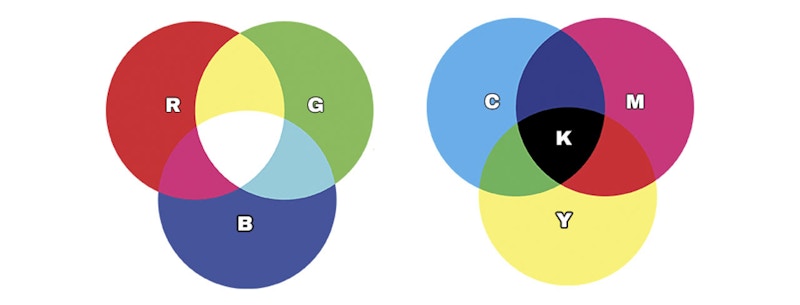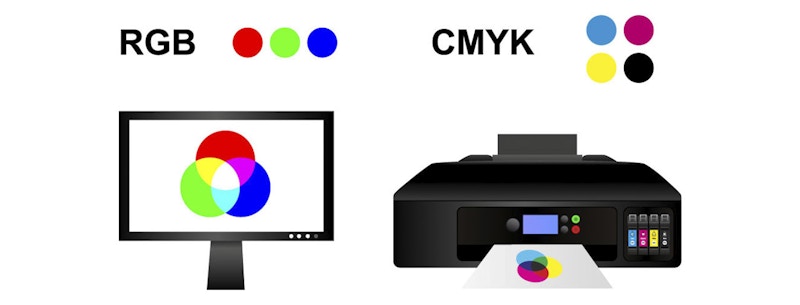CMYK printing uses a method called half-toning to create different intensities of colour while saving on ink. The technique has been used by printing presses since the 1850s and was adapted for the CMYK model to expand the colours that could be made.
The basic technique involves using little dots instead of solid blocks of ink. These little dots are small and spaced evenly apart so that the human eye sees it as a solid colour. If you look closely at the images printed in most newspapers, you’ll see that those solid pictures are actually comprised of these small dots. It’s most noticeable on newspapers as the thin paper means the less ink the better, and the cost of printing in such quantities also means the less ink the better!!
Interesting but unintended visual effects can happen if the layers of dots are aligned. To prevent these undesirable effects, the dots are printed at a slant on four different angles




